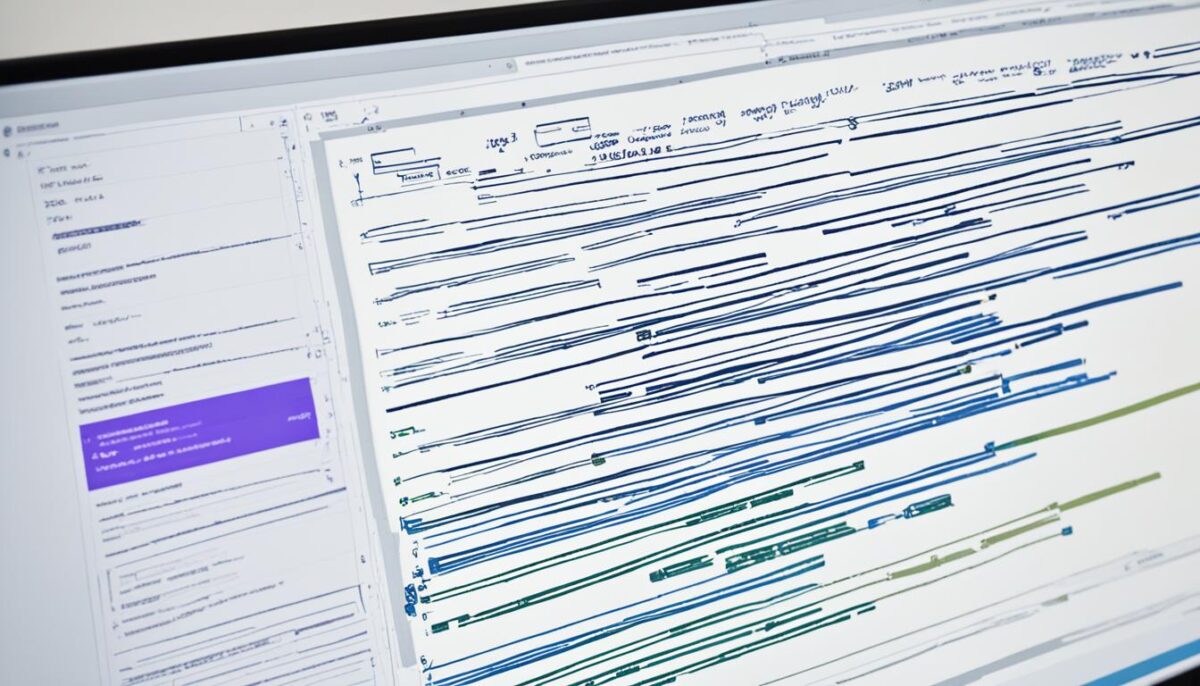Welcome to the world of Front-End Developers! In this article, we will explore the crucial role they play in creating seamless and engaging websites, and the impact they have on the overall web experience. So, let’s dive in and discover more about this exciting field!
A Front-End Developer is a skilled professional responsible for the visual elements and user interactions of a website. They work with HTML, CSS, and JavaScript to bring life to designs and ensure a smooth user experience. Their role is integral in shaping the look, feel, and functionality of a website, making it visually appealing and user-friendly.
Front-End Developers play a vital role in web development, as they are the ones who bring the design concepts to life. They are well-versed in user interface design principles and have a keen eye for aesthetics, ensuring that every element on the website is visually appealing and cohesive. By effectively translating design mockups into functional code, they create a seamless and immersive user experience.
Furthermore, Front-End Developers optimize websites for performance, ensuring fast loading times and compatibility across various devices and browsers. They prioritize responsiveness, making sure that websites adapt to different screen sizes and provide an optimal viewing experience for users.
Front-End Developers also play a crucial role in accessibility, ensuring that websites are inclusive and can be used by individuals with disabilities. By adhering to web accessibility guidelines, they enable everyone to access and interact with the content, regardless of their physical abilities.
The web experience is heavily influenced by the work of Front-End Developers. Their expertise in user interface design, performance optimization, and accessibility contribute to a positive and engaging user experience. Their goal is to create websites that are not only visually stunning but also intuitive and easy to navigate.
In the next sections of this article, we will explore the specific responsibilities of Front-End Developers, as well as the techniques they use to create seamless and engaging websites. We will also discuss the evolving role of Front-End Developers in adapting to new technologies and trends. So, stay tuned for more insightful information!
The Role of a Front-End Developer
Front-End Developers play a crucial role in creating and shaping the digital landscape. Their responsibilities encompass the development of visually captivating and interactive websites that provide exceptional user experiences. To achieve this, Front-End Developers need to possess a diverse set of skills, including proficiency in programming languages such as HTML, CSS, and JavaScript.
One of the primary responsibilities of a Front-End Developer is to translate designs into functional and aesthetically pleasing websites. They collaborate closely with UI/UX designers to ensure seamless integration of design elements, optimizing the overall user experience. By writing clean and efficient code, Front-End Developers ensure that websites are compatible with different browsers and devices, catering to a broader audience.

Front-End Developers are also responsible for optimizing websites for speed and performance. They use various techniques to reduce load times and improve page responsiveness, contributing to a smoother user experience. Additionally, they prioritize accessibility, ensuring that websites are inclusive and usable for individuals with disabilities.
Front-End Developers are the architects behind the interactive and visually appealing aspects of a website, offering users a captivating digital experience. Their role extends beyond coding; they act as problem solvers, constantly seeking innovative solutions and implementing best practices to enhance website functionality and user engagement.
As technology continuously evolves, Front-End Developers need to stay updated with the latest trends and emerging technologies. This includes learning and adapting to new frameworks and libraries, such as React and Angular, to create modern and responsive websites. Their versatility and adaptability are key attributes that enable them to address the ever-changing demands of the digital realm.
To summarize, Front-End Developers play a vital role in website development and user experience. Their expertise in coding, design integration, optimization, and adaptability are essential in creating visually stunning, responsive, and user-friendly websites that leave a lasting impression on visitors.
Creating Seamless and Engaging Websites
When it comes to web design, Front-End Developers play a crucial role in creating seamless and engaging websites. They utilize various techniques and strategies to ensure that websites not only look visually appealing but also provide a user-friendly experience.
One important aspect of creating seamless websites is optimization. Front-End Developers optimize websites to perform efficiently on different devices and browsers. By employing responsive design principles, they ensure that websites adapt seamlessly to various screen sizes, providing a consistent experience across platforms.
The use of engaging visual elements is another strategy employed by Front-End Developers. They carefully select and integrate images, graphics, and multimedia content that enhance the overall user experience. By utilizing animations, transitions, and interactive features, they create websites that captivate and engage users, encouraging them to explore further.
The importance of user experience cannot be overstated. Front-End Developers focus on optimizing the navigation and usability of websites, ensuring that visitors can easily find what they are looking for. They create intuitive interfaces, employ clear and concise calls-to-action, and streamline the overall website structure to enhance user engagement.
Additionally, Front-End Developers consider the accessibility of websites. They follow best practices to ensure that websites are accessible to users with disabilities. By incorporating proper headings, alternative text for images, and keyboard navigation options, they provide an inclusive web experience for all users.
In summary, Front-End Developers are the architects behind seamless and engaging websites. They expertly combine optimization techniques, captivating visuals, and user-centric design principles to create websites that not only look stunning but also deliver exceptional user experiences.
The Impact of Front-End Developers on Web Experience
Front-End Developers play a crucial role in shaping the web experience by leveraging their expertise in user interface design, website performance optimization, and accessibility. With their skillful craftsmanship, they transform code into visually stunning and intuitive websites that leave a lasting impression on users.
User Interface (UI) design is at the heart of a Front-End Developer’s work. By understanding user behavior and employing design principles, they create seamless and engaging interfaces that captivate users and enhance their overall experience. Through careful consideration of color schemes, typography, and layout, Front-End Developers ensure that websites are visually appealing and easy to navigate.
Web performance optimization is another area where Front-End Developers excel. They optimize website speed, responsiveness, and compatibility across various devices and browsers, ensuring a smooth and frictionless user experience. By minimizing loading times and optimizing images and code, they create websites that load quickly, keeping users engaged and reducing bounce rates.
Furthermore, Front-End Developers focus on accessibility to ensure that websites are inclusive and accessible to all users, including those with disabilities. They implement best practices for web accessibility, such as providing alternative text for images and using semantic markup, enabling everyone to access and navigate websites easily.
In an ever-evolving digital landscape, Front-End Developers continuously adapt to new technologies and trends to stay ahead. They strive to incorporate the latest advancements, such as responsive design, progressive web apps, and voice interfaces, ensuring that websites remain cutting-edge and provide the best possible user experience.



